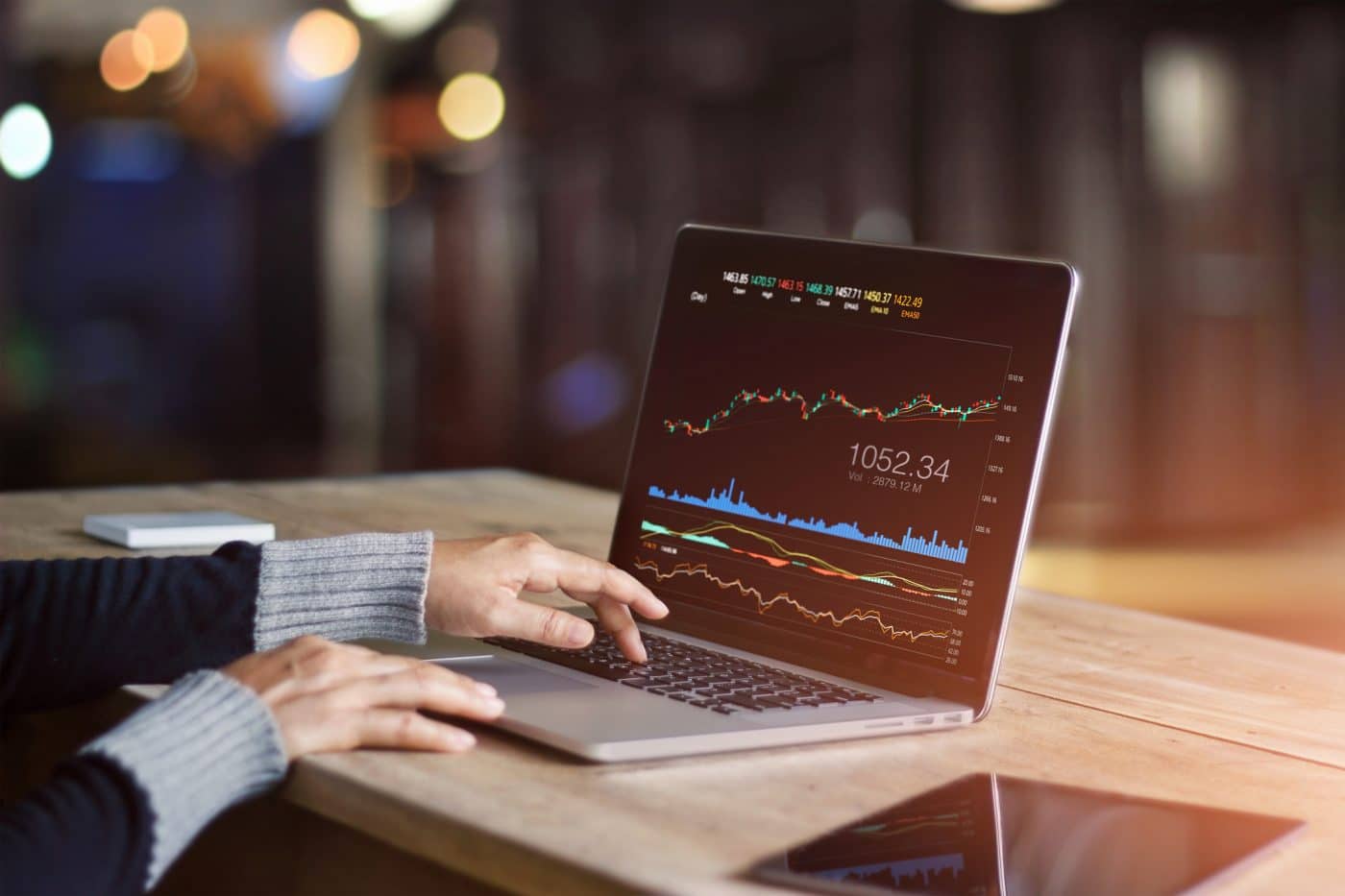
After-hours trading, also known as extended-hours trading, allows investors to buy and sell stocks outside of the regular trading hours for the stock market. Some other nomenclature associated with this activity are the terms “pre-market” and “after-hours” trading, which refer to the morning before markets open or the evening following the closing bell.
What You Need to Know About After-Hours Trading
Participating outside of regular market operational hours can allow traders to act quickly regarding breaking news such as an earnings report or take advantage of higher volatility for quick trades. Extended-hours trading gives investors more opportunities for profit, but it also means more possibilities of taking a loss.
3 Risks of After-Hours Trading
- Increased Volatility
- Lower Liquidity
- Bigger Ask-Bid Spreads
Before you hop onto your brokerage account and start trading stocks under a moon-lit sky, you’ll want to understand the added risks involved. The convenience of additional trading time comes at the price of increased volatility, lower liquidity, and bigger ask-bid spreads that affect your overall stock trading costs.
After the market closes, the primary investors that operate in after-hours trading are institutional ones making it a far more competitive environment. For individual investors, this means that stock movements can dramatically change course before they can place a sell order and limit losses to a minimal amount. The lack of liquidity makes it more challenging to appraise a stock’s value in after-market hours.
The number of traders in after-hours markets is significantly lower than normal operational hours. This lower volume means higher volatility in stock price fluctuations. The fewer investors there are, the more impact buy and sell orders affect the stock price. However, investors should note that increased volatility isn’t necessarily a negative issue. Quick-minded traders with experience buying and selling in a short amount of time may find after-hours markets appealing. Stock movements that usually take weeks or longer to play out can happen in a matter of hours or less.
Increased Risk in Bid-Ask Spreads
An additional risk for individual investors is increased bid-ask spreads in stock trades. Brokerages use a stock’s trading volume to factor in what kind of premium to charge for buying and selling a stock. The reduced liquidity in after-hours trading means that these spreads can be significantly higher than investors are used to seeing. It also means that you need a more significant change in the stock’s price to generate the same kind of returns.
The most confusing part of after-hours trading is how stock prices are quoted. While increased volatility can mean seemingly large swings in a stock price after-hours, this doesn’t necessarily translate into the stock’s opening price the next day. The lower number of active participants causes these illusory price gains. For example, a stock may jump 10% in after-hours trading on 250,000 shares traded. However, when the markets officially open, million of shares will suddenly trade hands, thereby diluting the gains seen in the after-hours session.
The Bottom Line
The added convenience of extended-hours trading allows investors to quickly buy or sell a stock when a newsworthy event occurs. But the risks following normal market hours are greatly amplified with lower liquidity, higher volatility, and larger bid-ask spreads. These factors can be dangerous for investors who are unacquainted with quick trading strategies. The challenge of estimating price gains and volume during the after-hours can also result in big losses if investors pay more to buy during these times, but don’t realize the gains they believe they had before the market opens.
